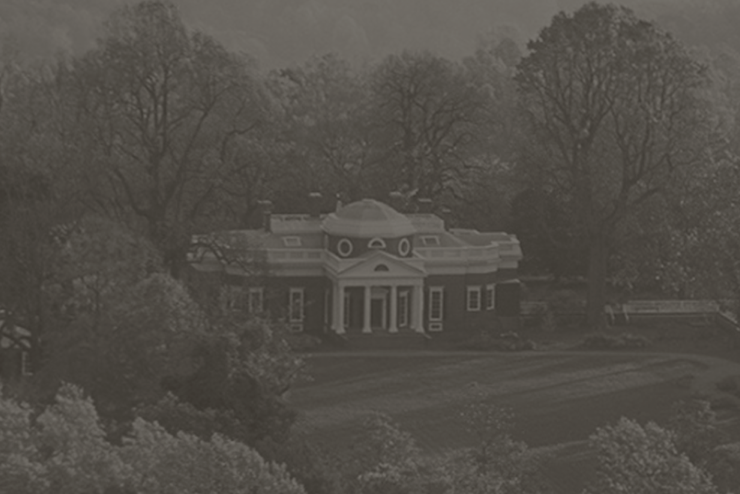Monticello Blog
-

Some time ago, while rooting around in the archives (looking for something else, as usual), I came across a newspaper clipping from the Charlottesville Daily Progress from 1966. It seems that NBC had just released its new pronunciation manual, which directed newscasters to pronounce Monticello "Monti-SELL-o."
-

Maintaining your garden in the summer months can require serious determination and stamina, especially here in Virginia where the high temperatures, humidity, mosquitos, ticks, and chiggers conspire to chase the well-meaning gardener indoors to relax in the air-conditioning with a nice cold glass of iced tea.
-

Monticello has always been a work in progress, overflowing with Thomas Jefferson’s brilliance and complexity, his designs and experiments. For nearly a century, the Thomas Jefferson Foundation has worked step by step to restore Monticello and its signature mountaintop landscape to the period of Jefferson’s retirement.



